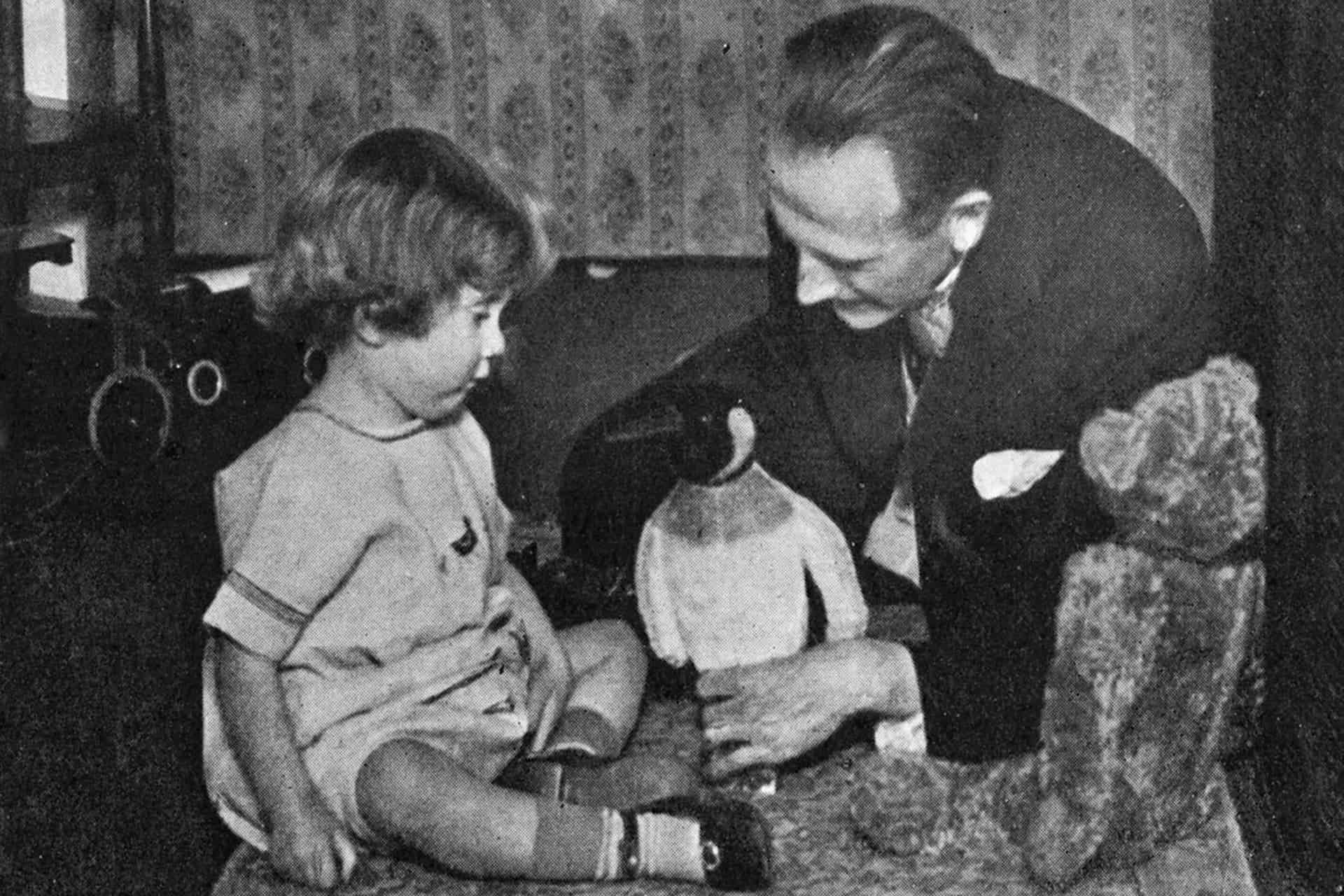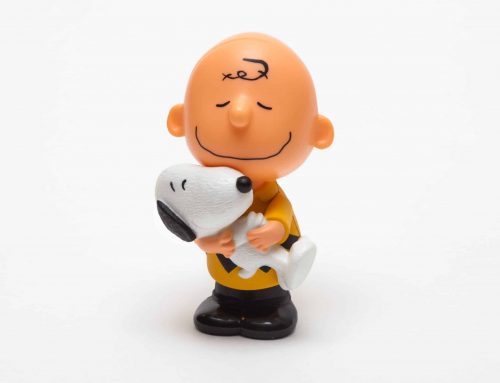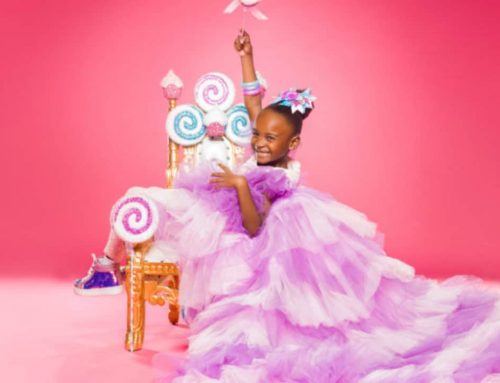In a previous Blog titled “Innovation and Creativity” I wrote about A.A. Milne and Winnie-the-Pooh. These characters, Winnie-the-Pooh, Tigger, Piglet, Eeyore, Kanga, and Roo were all stuffed animals of a now famous kid named Christopher Robin. The problem was that Christopher Robin was a real child. He was A.A. Milne’s son.
When A.A. Milne wrote these books (there were only ever 2 Winnie-the-Pooh books written by Milne) his intent was to become an author of a fictional children’s book, just one of his many interests in writing. He did not intend fame for himself or his son.
Milne’s interests in writing were all over the place and children’s books was just one area. He wrote poems, detective books, humorous stories, nursery rhymes, children’s books, and, of course, Winnie-the-Pooh. Shortly after 1928, and the success of Winnie-the-Pooh, Milne said he felt “amazement and disgust” over the fame he had exposed his young son to. He said, “I feel that the legal Christopher Robin has already had more publicity than I want for him. I do not want CR Milne to ever wish that his name were Charles Robert.” By this time, however, the young Christopher Robin Milne was being bullied by both children and adults, who, based on the stories, felt he should be cuter and more cheerful that he actually was. Due to this and some additional family drama, Christopher R. Milne became estranged from his family and did not reunite with them until A.A. Milne became ill and passed away.
As leaders we do not intend for our decisions to adversely affect our employees or our team. We do what we believe will be in the best interests of everyone and view our “intention of good” as the actual impact that occurs.
However, just like A.A. Milne, sometimes our impact overshadows our intent. If we pay attention to the people we lead we may discover that our impact is sometimes the opposite of our intent. If your employees are pulling away or withholding their thoughts, you should consider what the actual impact of your leadership looks like.








Leave A Comment